
Mr. Todd Martin is a professional engineer and a hydrogeochemist. He has 26 years of experience in the environmental field, specializing in environmental engineering, the transport and fate of inorganic and organic chemicals in the environment, and remediation alternatives analysis. Mr. Martin’s background encompasses aqueous and soil geochemistry, hydrogeology, hydrodynamics and sediment transport, and engineering design and cost analysis. He has substantial experience conducting RI/FSs. Mr. Martin emphasizes the development of detailed conceptual site models and the application of innovative empirical and modeling strategies to understand the processes that drive site risks, and to support the development of cost-effective alternatives for site remediation to address risks in a manner consistent with his clients’ strategies for long-term site management.
M.S., Environmental Engineering, University of Arizona, Tucson, Arizona, 1995
B.S., Civil Engineering (environmental emphasis), University of Arizona, Tucson, Arizona, 1993
Professional Engineer, Colorado (License No. 33421), Utah (License No. 7986324-2202), New York (License No. 91969), Mississippi (License No. 28910), Missouri (License No. 2019000683), North Carolina (License No. 048468), Michigan (License No. 6201308928)
Hazardous Waste Operations and Emergency Response 40-Hour Certification
Todd Martin, P.E. Principal, Engineering
Mr. Todd Martin is a professional engineer and a hydrogeochemist. He has 26 years of experience in the environmental field, specializing in environmental engineering, the transport and fate of inorganic and organic chemicals in the environment, and remediation alternatives analysis. Mr. Martin’s background encompasses aqueous and soil geochemistry, hydrogeology, hydrodynamics and sediment transport, and engineering design and cost analysis. He has substantial experience conducting RI/FSs. Mr. Martin emphasizes the development of detailed conceptual site models and the application of innovative empirical and modeling strategies to understand the processes that drive site risks, a...
Mr. Todd Martin is a professional engineer and a hydrogeochemist. He has 26 years of experience in the environmental field, specializing in environmental engineering, the transport and fate of inorganic and organic chemicals in the environment, and remediation alternatives analysis. Mr. Martin’s background encompasses aqueous and soil geochemistry, hydrogeology, hydrodynamics and sediment transport, and engineering design and cost analysis. He has substantial experience conducting RI/FSs. Mr. Martin emphasizes the development of detailed conceptual site models and the application of innovative empirical and modeling strategies to understand the processes that drive site risks, and to support the development of cost-effective alternatives for site remediation to address risks in a manner consistent with his clients’ strategies for long-term site management.
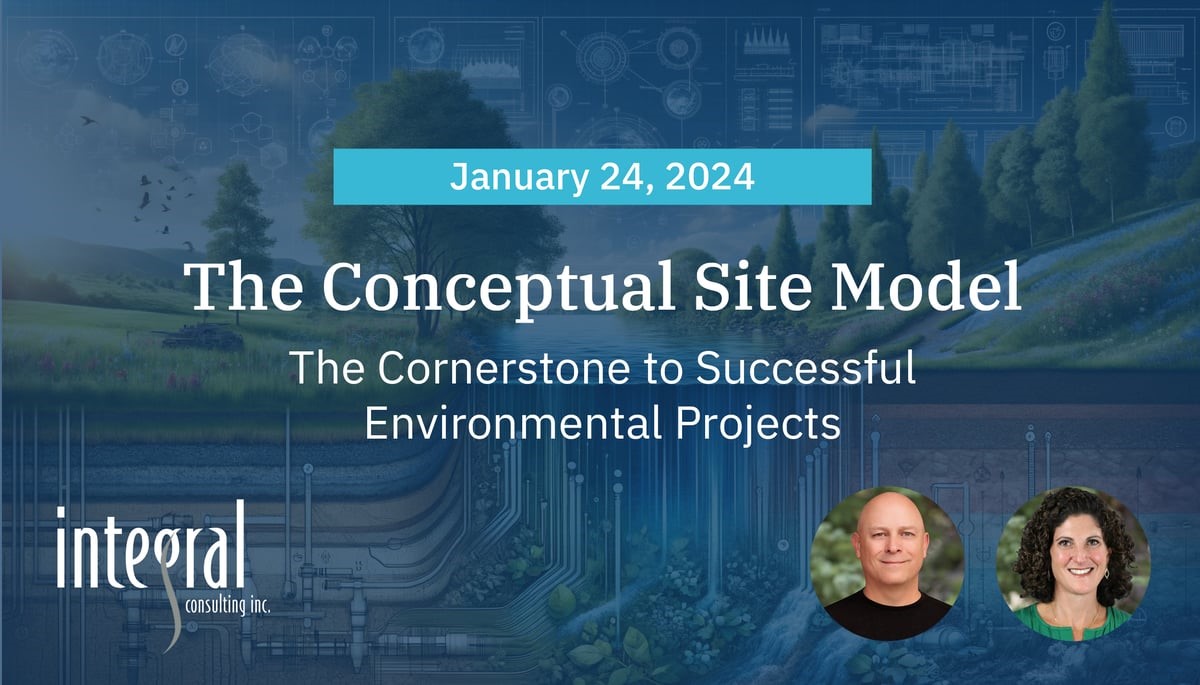
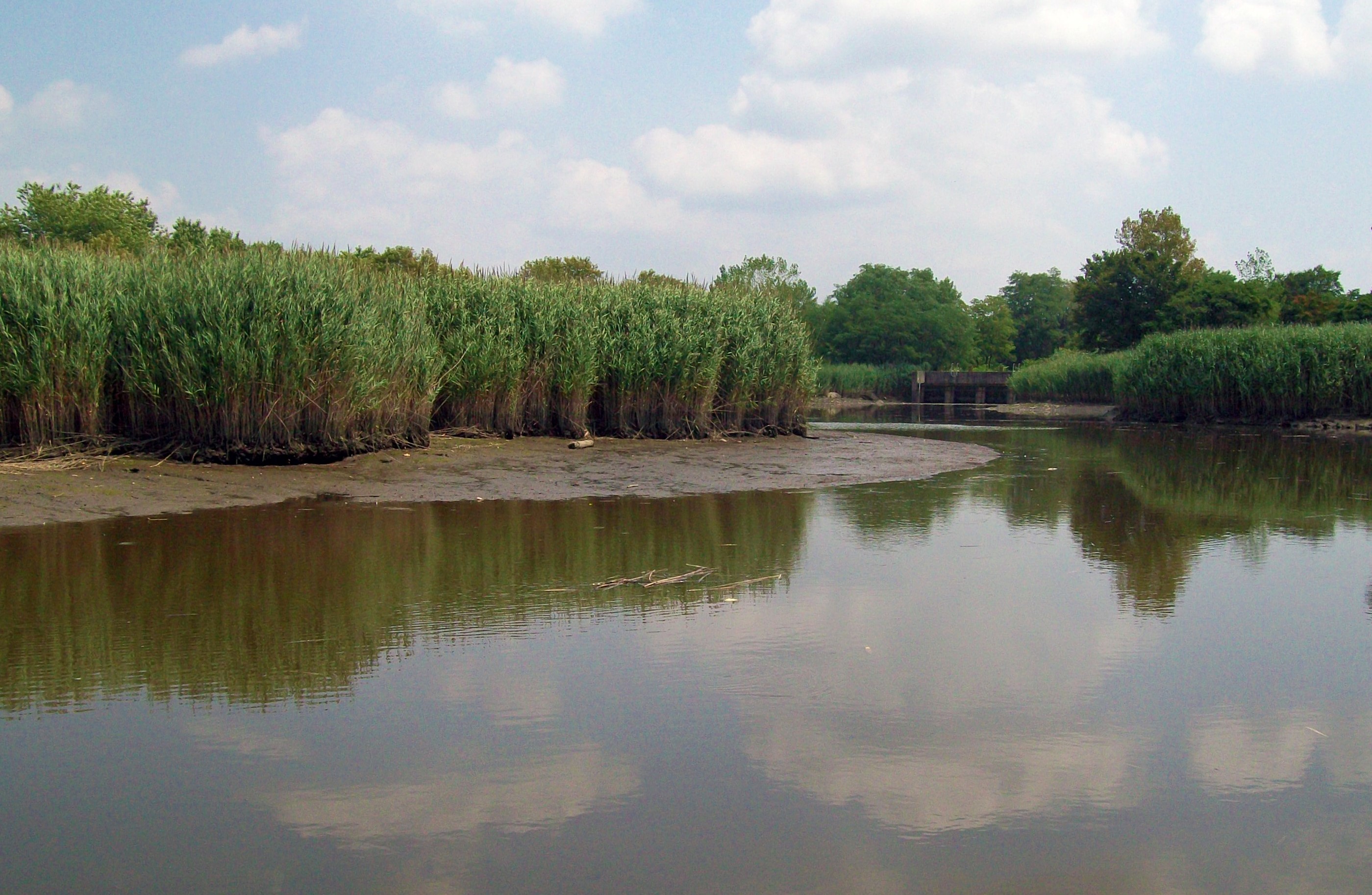


Meridian—Development of a CSM and Corrective Measures Study at a Former Wood Treatment Facility
Case Study
December 15 2023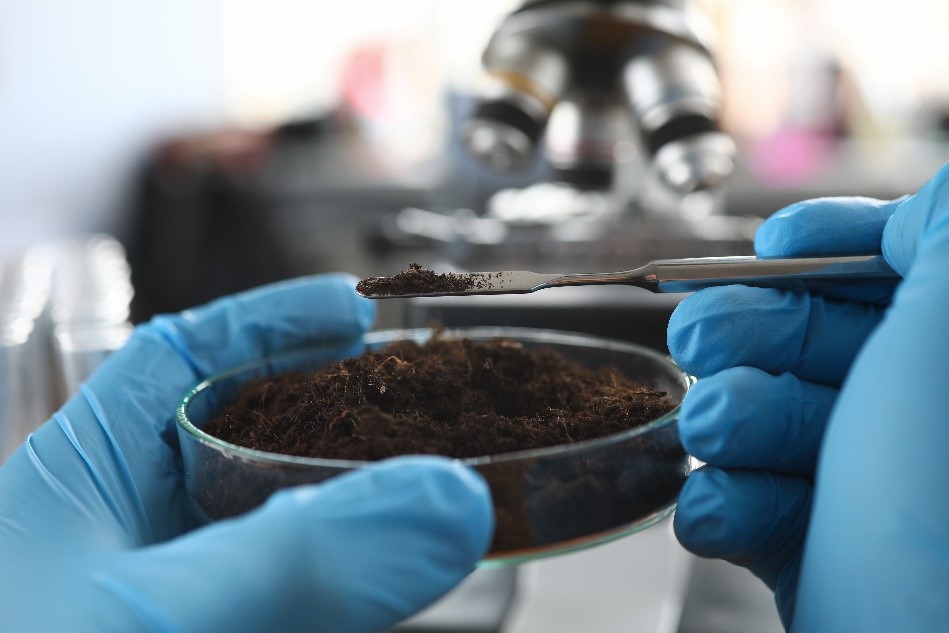
Navassa—Site Investigation and DNAPL Remediation at a Former Wood Treating Facility
Case Study
December 15 2023

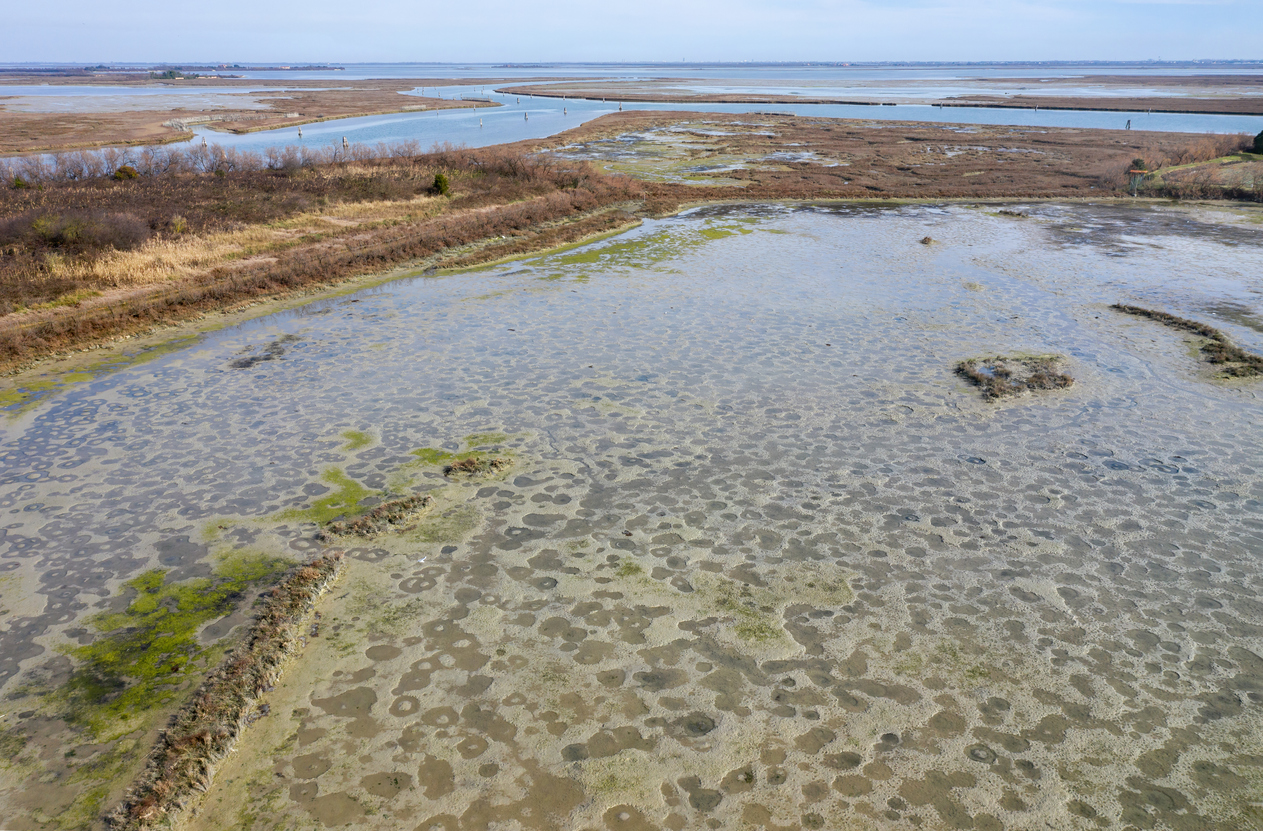
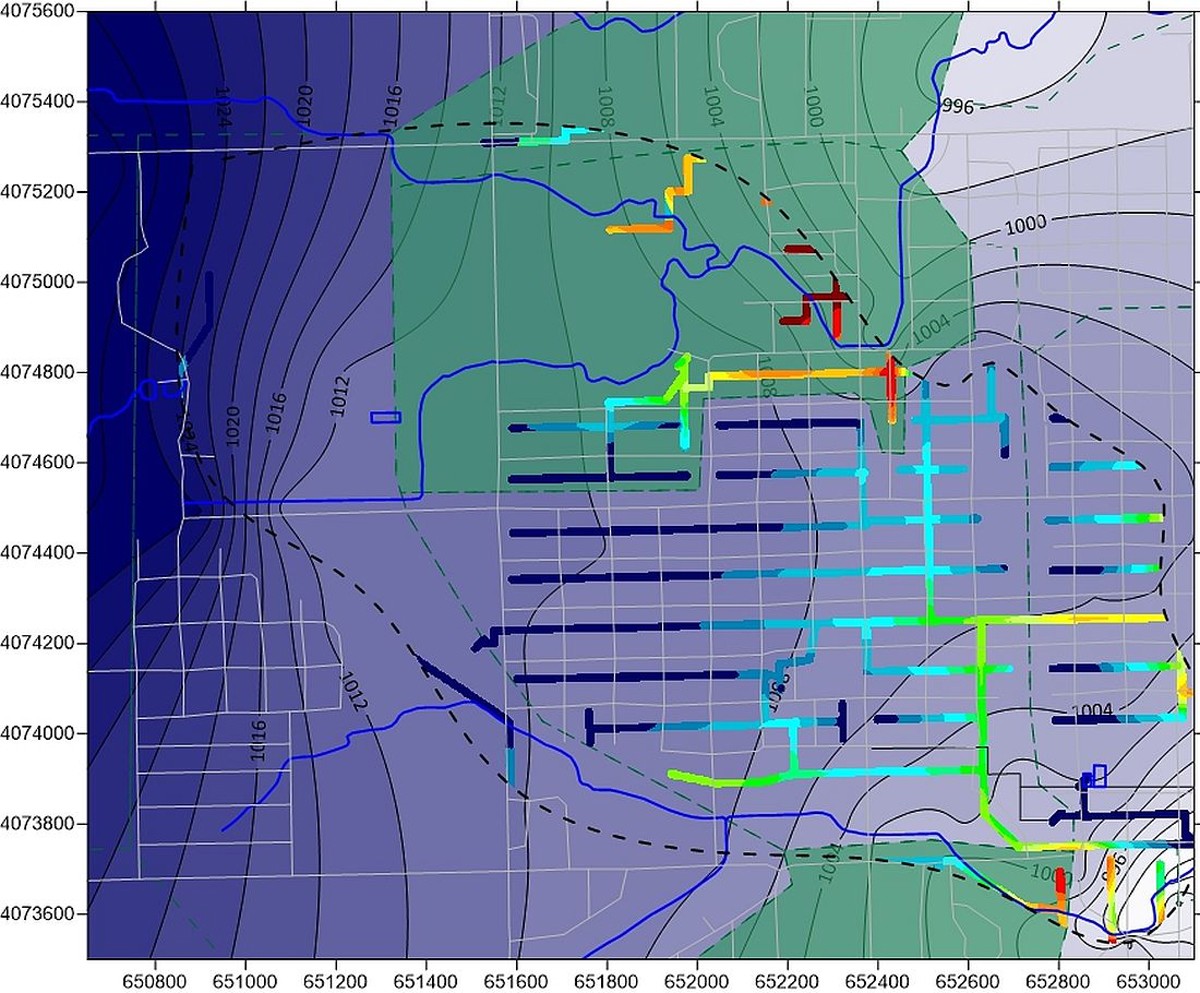
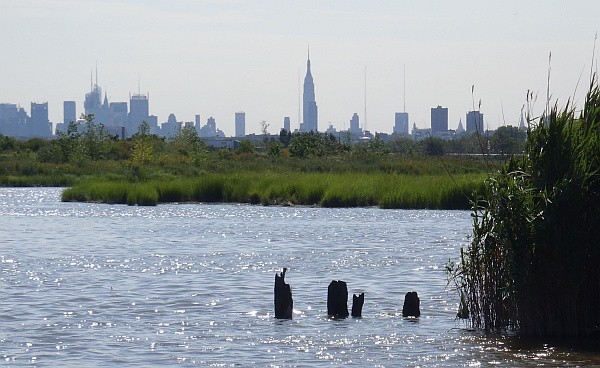
Contaminated Sediments
- Directed and oversaw of the overall remedial investigation for the BCSA site. Responsible for the project budget, schedule, and quality control.
- Task lead for the characterization of the physical system. Directed an empirical and modeling based program to quantity uplands baseflow and runoff in the watershed and the associated upland sediment and contaminant loads to the tidal areas. Providing ongoing support to the client group in the evaluation of flooding impacts in the area.
- Directed the development of the water and sediment balances for the site, considering uplands, tidal, and groundwater flows and quantifying tidal exchange between the creek and wetlands.
- Coordinated the remedial investigation evaluation of system hydrodynamics and sediment transport, which emphasized extensive empirical data collection to support the development of calibrated and validated numerical models for the site.
- Championed the development and use of Integral’s OPTically based In Situ Characterization System (OPTICS) to quantify the concentrations of mercury, methylmercury, PCBs, and other parameters in surface water at high temporal frequency. The OPTICS technique supported an unprecedented level of data collection and site understanding. The technique was instrumental in demonstrating the role of the fluff layer on mercury and PCB transport—a critical consideration in the selection of a focused, adaptive remedy for the site.
- Led an investigation to evaluate sediment and contaminant exchange between the tidal creeks and the wetlands, which included a detailed evaluation of particulate and dissolved contaminant mass flux, using Integral’s OPTICS technique and other lines of evidence. The investigation demonstrated that the wetlands are recovering naturally, but that the extent and rate of natural recovery is limited by ongoing contaminant exchange from the tidal creeks to the wetlands. These findings support the implementation of a source control remedy in the tidal creeks, such that natural recovery in the 12 mi2 area is maximized.
- Contributing author on the feasibility study that supported EPA’s selection of an adaptively managed, phased remedy that emphasizes source control in the initial remedy phase and maximizes the potential for monitored natural recovery in subsequent phases of the remedy.
- Leading the development of the performance monitoring program for the Phase 1 remedial design. Co-leading a demonstration project to evaluate remedial alternatives for the intertidal marsh. Technical advisor to the remedial design.


